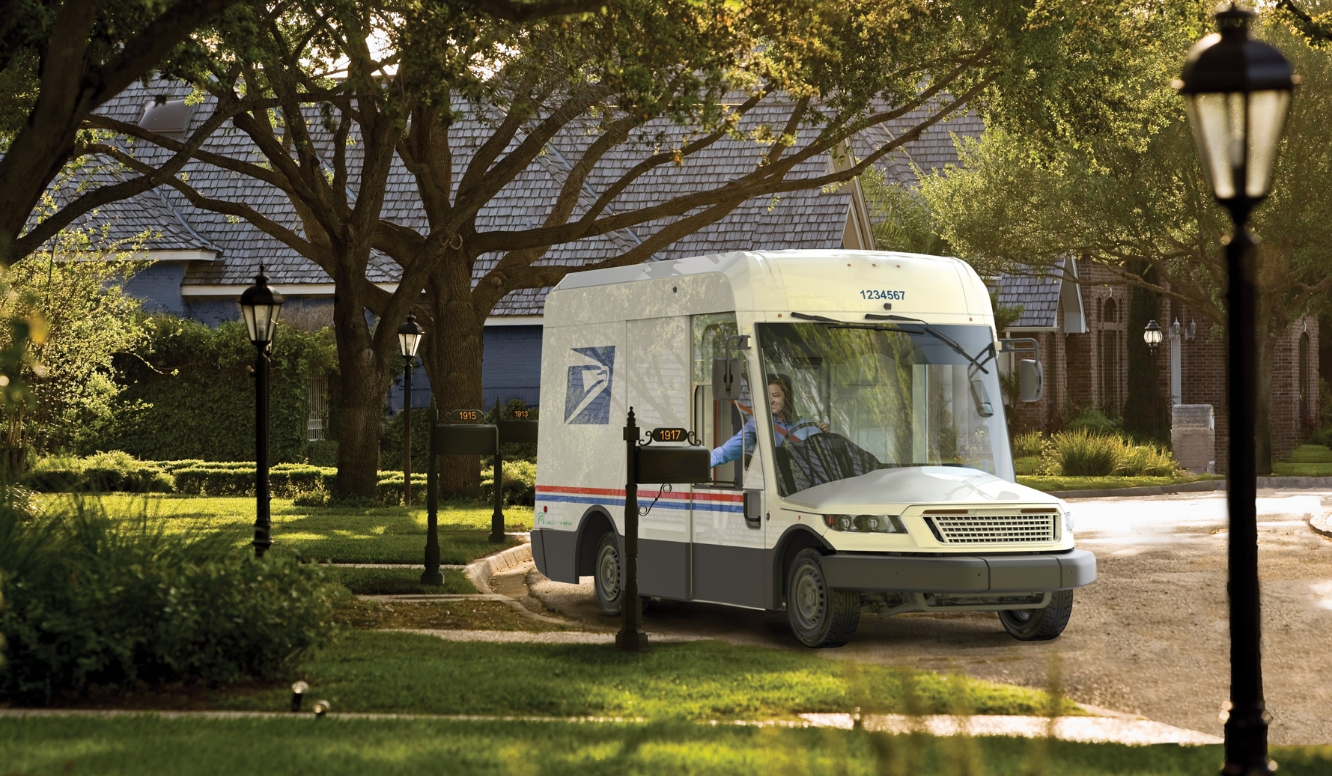Sustainability
Our climate action goals
| Specific actions | FY 2030 Targets (FY 2021 baseline) |
|---|---|
|
|
|
|
|
*Scope 1 emission sources consist of stationary combustion including building heating (natural gas, fuel oil and propane) and generators, mobile combustion including owned fleet vehicles and small equipment, onsite wastewater treatment, and fugitive emissions such as refrigerants. Scope 2 emission sources include purchased electricity and purchased steam. **Scope 3 emission sources include contract transportation, employee business travel, employee commuting, contracted solid waste disposal and wastewater treatment, buildings with fully serviced leases, and transmission and distribution losses from electricity purchases. |
|
Reducing carbon emissions
We’re integrating sound environmental business practices into our day-to-day operations to deliver a greener tomorrow. This includes reducing emissions by shifting from air transportation to surface transportation methods.
While air transportation offers speed and efficiency, it can have a higher environmental impact due to increased fuel consumption and emissions. By prioritizing surface transportation for certain mail routes and distances, we’re reducing greenhouse gas emissions associated with air travel. Surface transportation offers a more fuel-efficient and environmentally friendly alternative.

With more than 246,000 vehicles traveling more than a billion miles a year, we’re always looking for ways to reduce the environmental impact of our fleet. We’re committed to making sure every delivery trip counts.
Optimization of truck routes, combined with improved tracking of every mailpiece as it travels through our network, is helping us eliminate superfluous trips and ensure our trucks leave facilities with fuller loads while meeting our service standards.
The Postal Service has always been on the cutting edge of transportation. Now we’re leading the way to a greener future by introducing safer and more environmentally friendly vehicles for our carriers and the communities we serve.
Included in our Delivering for America plan is the deployment of our multi-billion-dollar, 10-year effort to modernize our fleet through the Next Generation Delivery Vehicle program. We’ve pledged to accelerate our adoption of electric vehicles as we refine our network and vehicle operating strategy. We intend to deploy more than 66,000 electric vehicles by 2028.



USPS BlueEarth®
Carbon Accounting Service for business customers
This innovative, free service is designed to enable business customers to measure and manage carbon emissions across their supply chains. It provides detailed online reports on greenhouse gas emissions specifically associated with USPS mailing and shipping services based on product, type, size and weight. Business customers can more comprehensively track progress toward their sustainability goals and reporting metrics, enhance their communications and marketing opportunities, and better manage the carbon life cycle footprint of their supply chain products and services, including delivery by the Postal Service. For more information contact your USPS account representative or USPS Environmental Affairs and Corporate Sustainability at sustainability@usps.gov.


